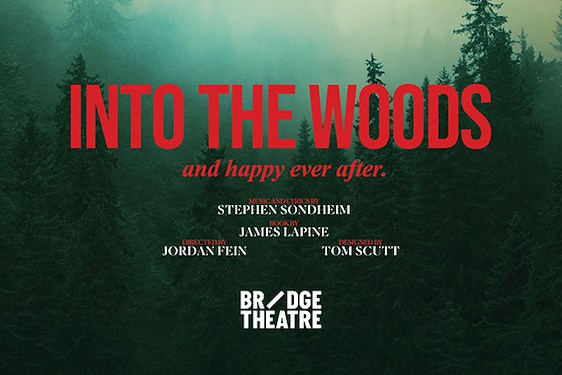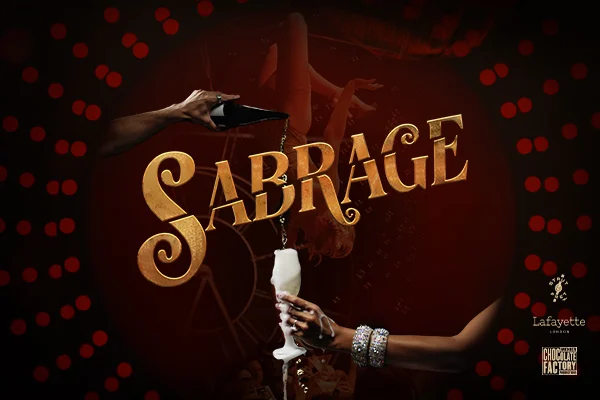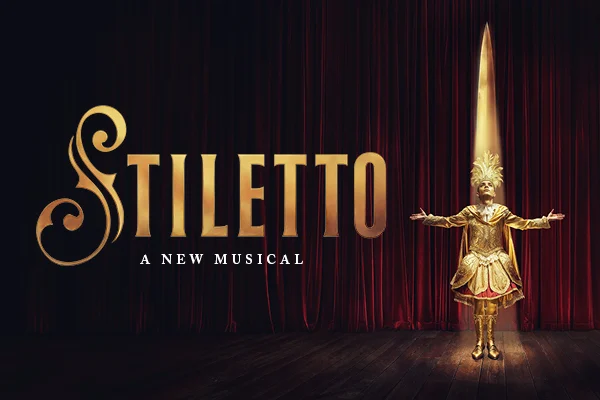In precisely the same manner as is the sumptuously propagandist portrait that opens it, this exhibition is one transparently motivated by an effort at pure populism. Whilst this is, of course, by no means a cause for criticism in itself, the quality of the Scottish National Gallery’s exhibition on Mary Queen of Scots was evidently disregarded in order to merely amass enough stuff to warrant a ticket-price. Thus at best the exhibition’s title is unfortunately inaccurate and at worst it is downright dishonest.
The majority of exhibits in this collection are wildly tenuous. One may well wonder why an exhibition nominally concerned with a queen of Scotland features an exhibit detailing the history of production rights to Venetian glass in England, or query the integrity of motivation behind displaying a tapestry whose only function is to illustrate that they were a popular choice of wall-hanging in Mary’s day. Almost inevitably, such a lightweight collection comes to hang doggedly upon a spine-like timeline for any narrative consistency. The plethora of the timeline’s text is overbearing in its sheer volume and awkward in its near-total lack of integration with actual objects, appearing more like a giant set of pass notes than an informative accompaniment. Indeed, rather than abetting the power of a piece present in the exhibition, this timeline often highlights omissions that speak for the incompletion of the whole show. A wall-mounted family tree detailing the interrelation of the royal houses of Stuart, Tudor and Valois, for example, leaves gaping grey holes in space of the faces of Katherine of Aragon, and Kings Charles IX and Henri III of France- historical figures for whom images are hardly hard to source.
There are, fortunately, moments at which the exhibition reclaims a greater sense of focus and fullness. Discussion of the murder mystery surrounding the fiery death of Lord Darnley, Mary’s first husband, is intriguingly teased out using spy-drawn sketches of the murder scene, and banner designs depicting infant son James as the epic avenging son. Likewise, Mary’s alleged involvement in the foiled Babington plot is brought gorgeously to life by displays of secret ciphers and codes discovered within the houses or her jailors.
Much as was the case (allegedly) with the queen herself, the glamour of the exhibition sometimes trumps its ability to fulfil its function effectively. The underdeveloped informational content is offset by a peppering of exquisite features, including a mesmerising collection of charmstones and the rivetingly famous coronation portrait of Elizabeth. Yet it remains at heart a poor exhibition, for all its finery. If you had plans to visit, perhaps give them the axe; this is nothing to lose your head about.




















